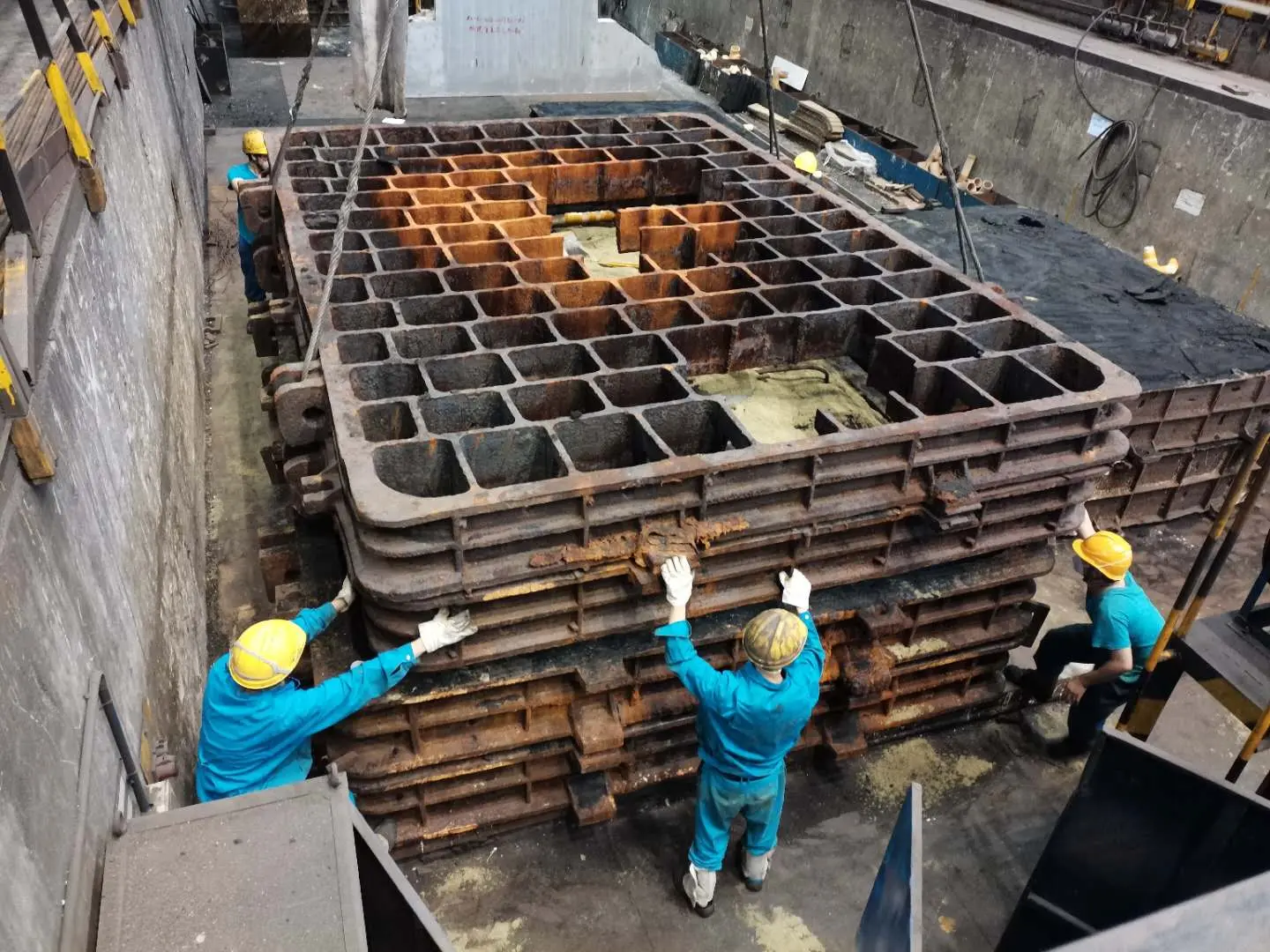Understanding Sand Casting Resin A Comprehensive Overview
Sand casting is a widely used manufacturing process that involves creating metal parts by pouring molten metal into a mold made from sand. This method, due to its simplicity and cost-effectiveness, is prevalent in various industries ranging from automotive to aerospace. In recent years, the use of sand casting resins has gained traction, introducing new possibilities in terms of efficiency, detail, and material properties. This article delves into what sand casting resin is, its applications, and its advantages and disadvantages.
What is Sand Casting Resin?
Sand casting resin refers to a mixture of sand and a binding agent, typically a type of synthetic resin, that holds the sand grains together. Unlike traditional sand molds that rely on moisture as a binding agent, resin-bound sand molds are created by mixing the sand with an epoxy or phenolic resin. This combination provides enhanced strength and durability to the mold, making it less prone to breakage or deformation during the casting process.
The overall quality of a mold made from sand casting resin is significantly improved compared to traditional methods. The resin gives the mold a much tighter tolerance, promoting smoother finishes and finer details in the final cast product. As a result, items produced via sand casting resin can exhibit complex geometries that would be challenging to achieve with conventional sand casting techniques.
Applications of Sand Casting Resin
Sand casting resin is instrumental in several industries, particularly where precision and surface finish are paramount. It is often used to manufacture components in industries such as
1. Automotive Industry Components such as engine blocks, cylinder heads, and various chassis parts are often produced through sand casting techniques using resin to achieve tighter tolerances and better surface finishes.
2. Aerospace The aerospace sector demands high strength-to-weight ratios and precise specifications. Using sand casting resins allows manufacturers to create lightweight yet robust parts that meet stringent safety and performance standards.
3. Art and Design Artists and designers have begun to utilize resin sand casting for creating intricate sculptures and custom parts. The ability to create fine details and unique designs is a significant advantage in artistic applications.
sanding casting resin

Advantages of Sand Casting Resin
The benefits of using sand casting resins are numerous
- Improved Surface Finish The resin hardens the sand mixture, leading to a smoother surface finish on the final product. - Precision Tolerances The strength of resin-bound molds allows for tight tolerances, making it possible to produce more complex geometries compared to traditional methods. - Reduced Porosity Molds made from sand casting resin often exhibit lower porosity, resulting in better mechanical properties and enhancing the overall integrity of the cast parts. - Faster Production Times The faster setting times of resin molds lead to reduced production cycles, allowing manufacturers to increase output.
Disadvantages of Sand Casting Resin
Despite its advantages, there are some drawbacks associated with sand casting resins
- Cost The initial investment for resin materials can be higher than traditional sand casting methods, which might not be suitable for low-volume production. - Environmental Concerns Some resins can be less environmentally friendly, necessitating careful handling and disposal.
Conclusion
Sand casting resin is transforming the landscape of the casting industry, allowing for superior quality and greater design flexibility. As industries continue to embrace modern manufacturing approaches, the use of sand casting resins will likely expand, paving the way for innovative products that meet the demands of today’s market. Understanding this technique and its implications will be essential for manufacturers aiming to remain competitive in a rapidly evolving technological landscape.
Post time:Aug . 02, 2024 14:38
Next:Exploring the Creative Potential of Bead Art for Unique Crafting Projects and Design Ideas
